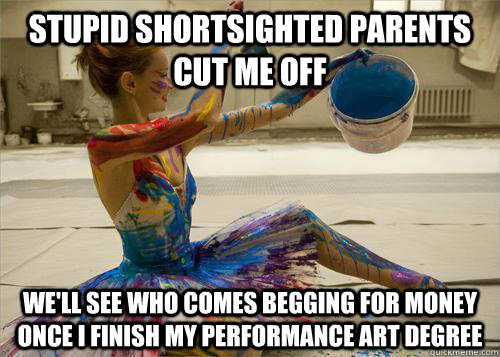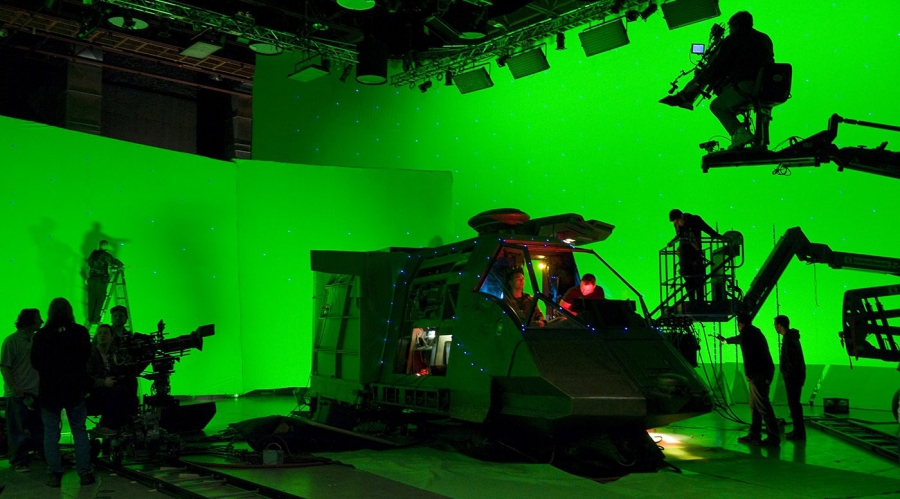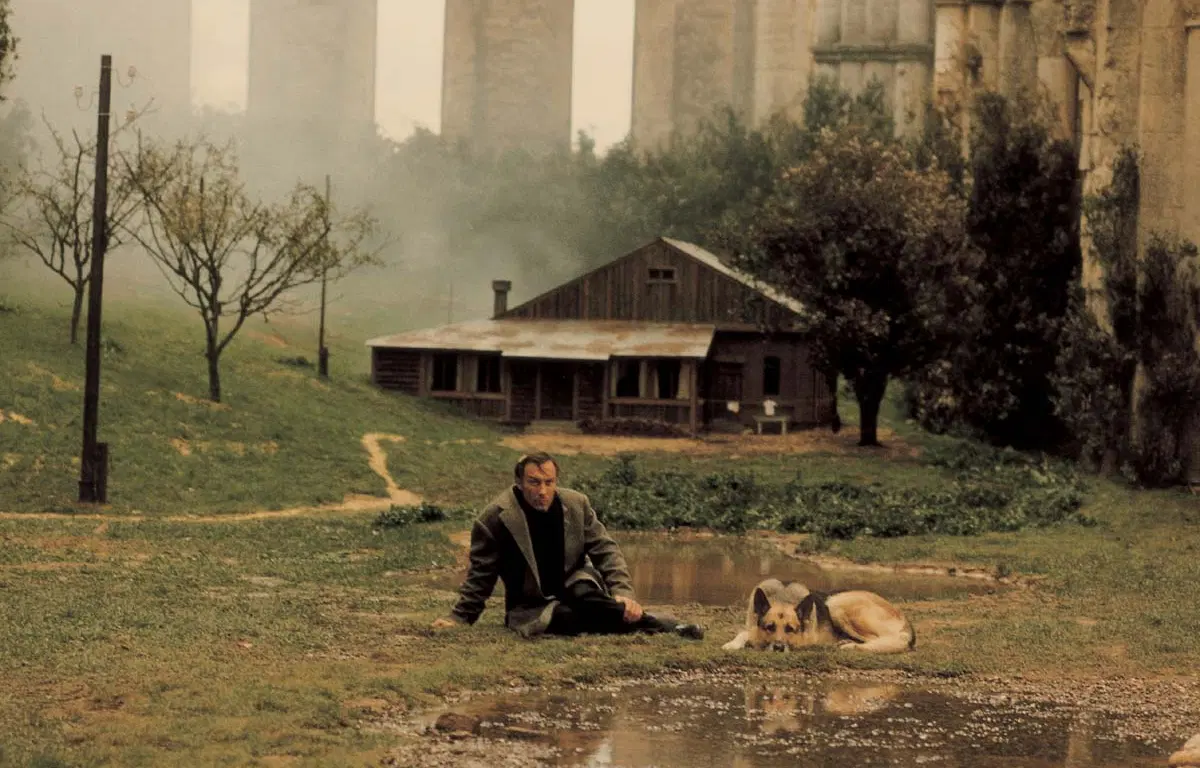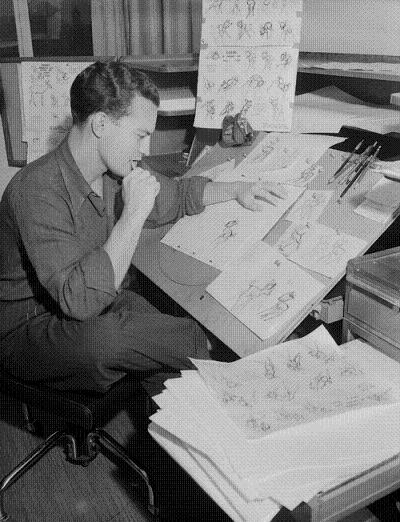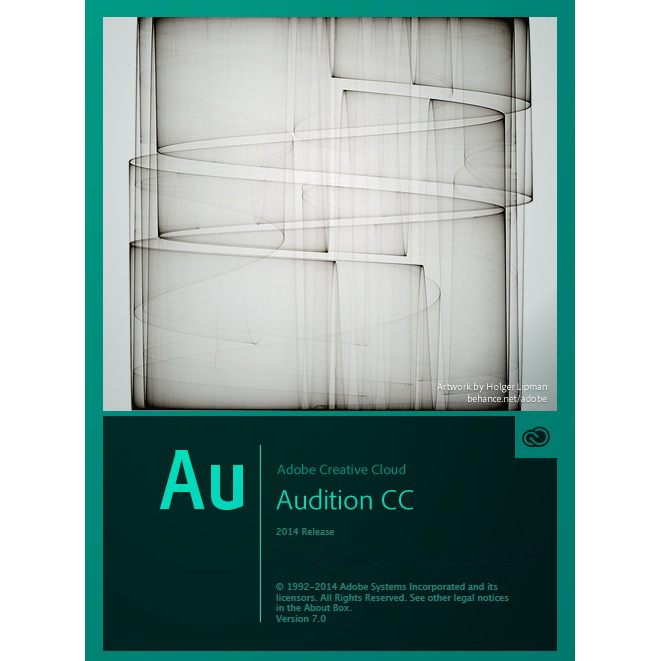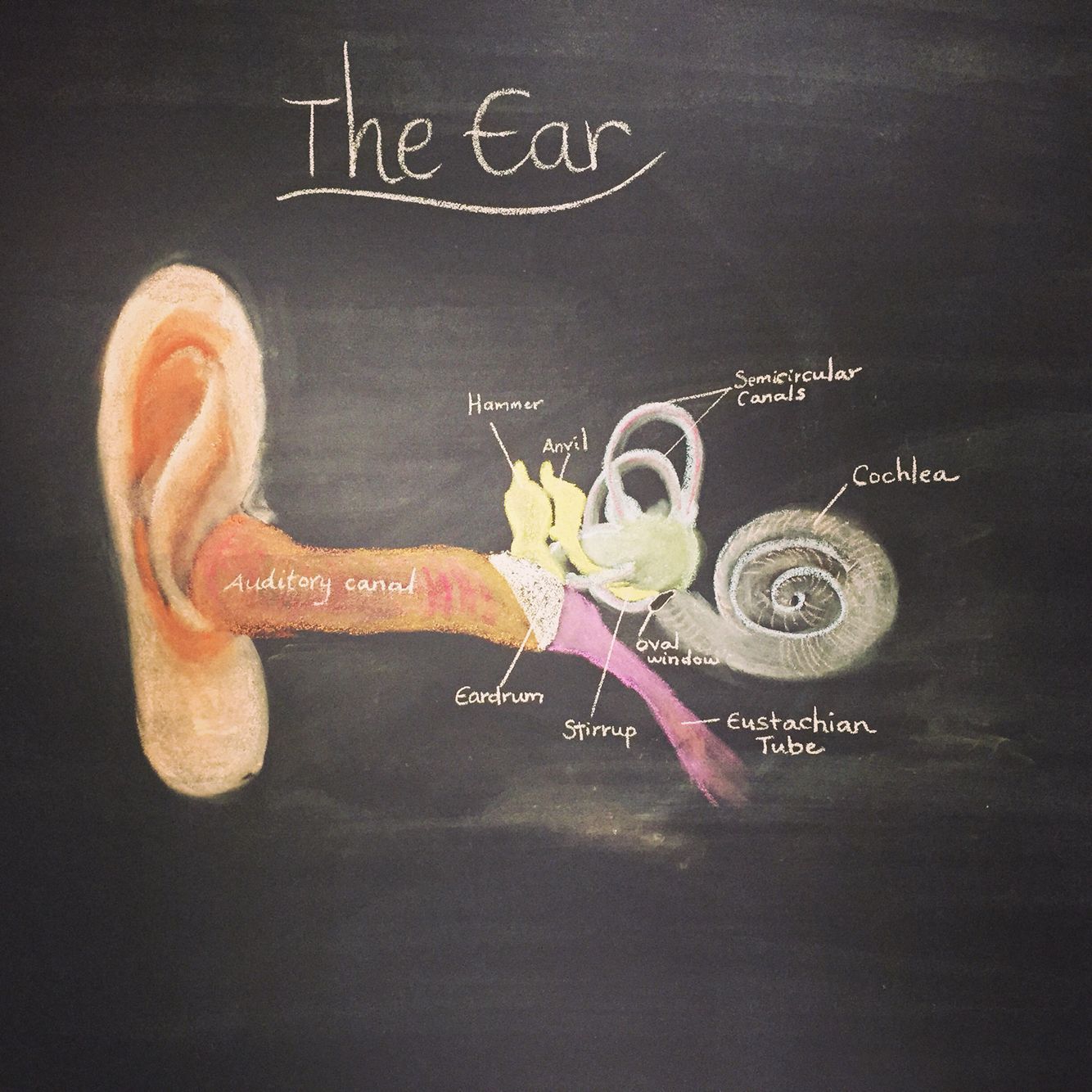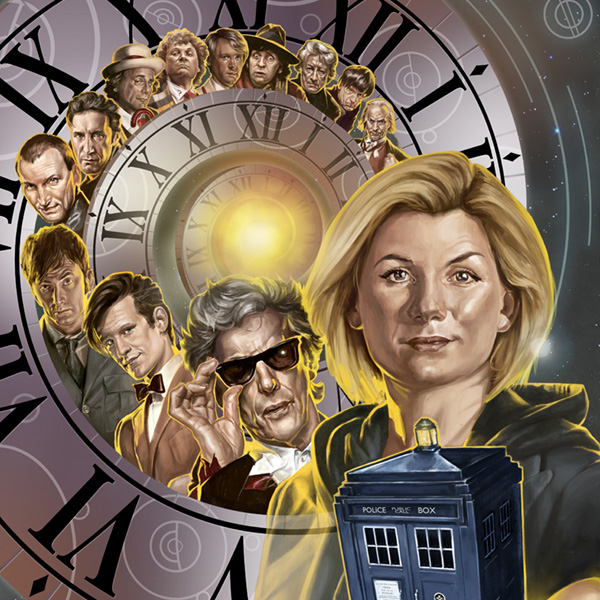Think of something that causes a strong emotion in you such as anger, confusion or joy that most people don’t feel and figure out a way you could help an audience feel that way or at least understand better why you feel that way. Remember you are helping them emphasize you are not reporting something. […]
